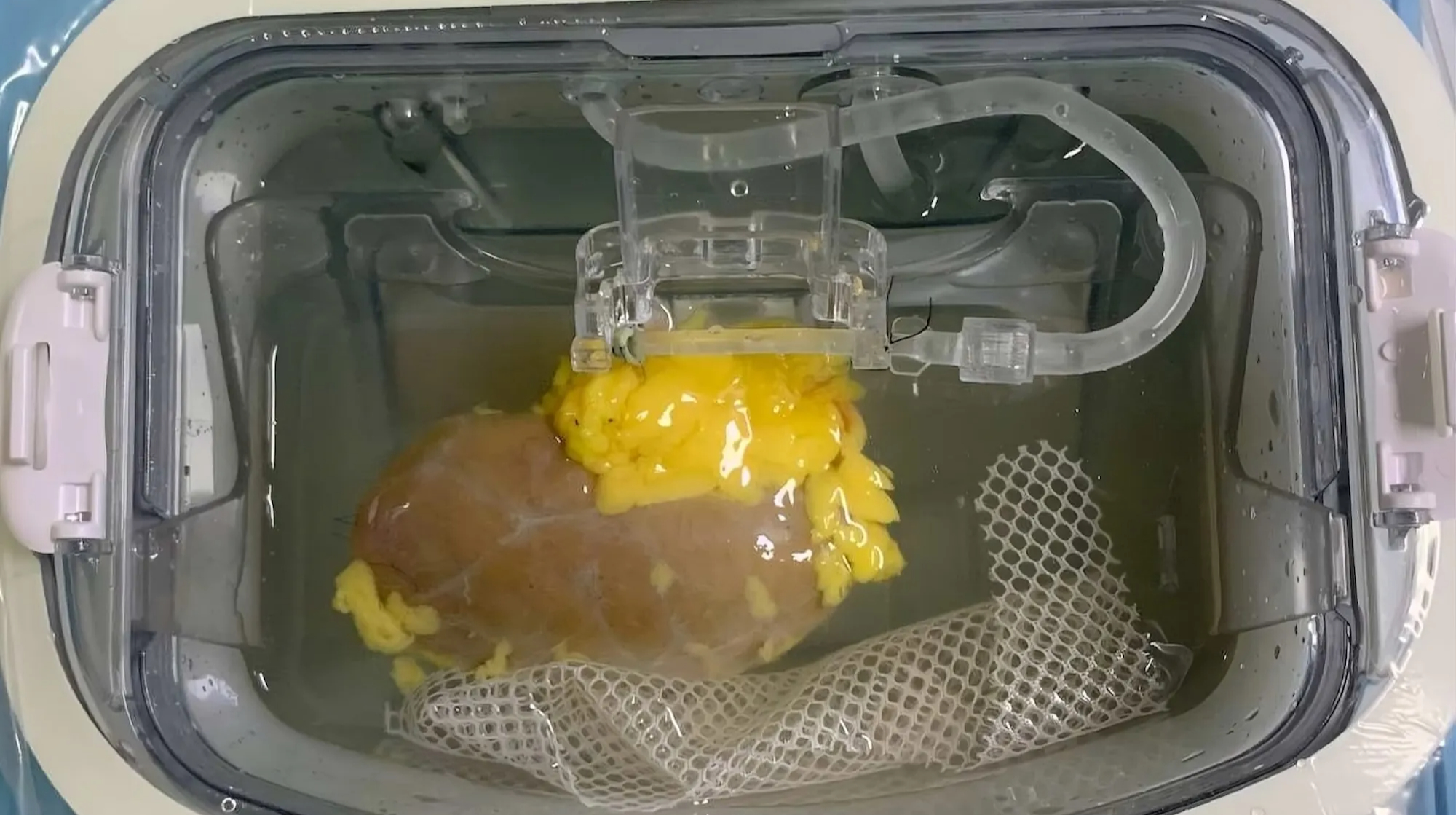“
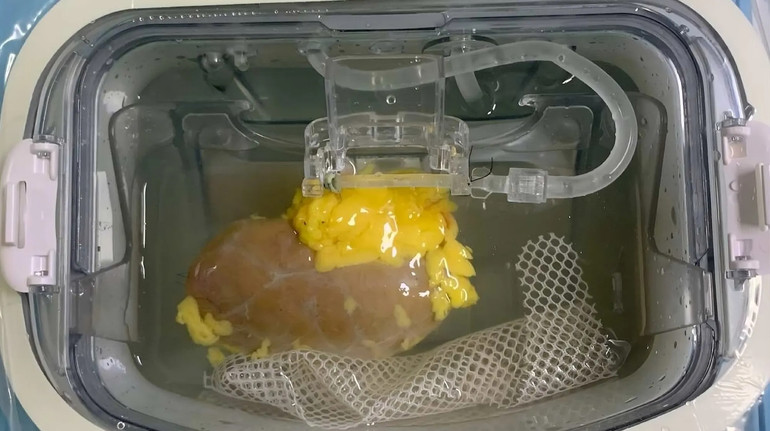 A kidney was successfully transplanted to a patient with the first blood group
A kidney was successfully transplanted to a patient with the first blood group
Photo: Nature Biomedical Engineering
Details of the breakthrough study described in a paper published in the journal Nature Biomedical Engineering, writes Popelar Science.
The most risky and sometimes the most difficult part of transplantation is considered to be the possibility of rejection of the organ by the patient. This is often due to an immune system reaction that attacks the transplant as if it were a foreign object.
The risk can be reduced if the donor is carefully selected based on the similarity to the recipient, who must take drugs that suppress the activity of the immune response after the procedure.
However, modern methods are still far from perfect – from 15 to 20% of kidney transplant patients face organ rejection.
Blood antigens (substances on the surface of red blood cells that determine the blood type) have long been one of the biggest problems of donation. At the same time, there may be complications even when a person with the second blood group receives an organ with the same group.
At the same time, the blood of the first group is considered universal. Because of this, transplant centers are sometimes overloaded – many patients are waiting for organs from the first group.
New research may change that. In 2019, scientists discovered a pair of enzymes that dissolve the compounds that determine the blood of the second group. It turned out that if these enzymes were removed, the blood could be functionally assigned to the first group.
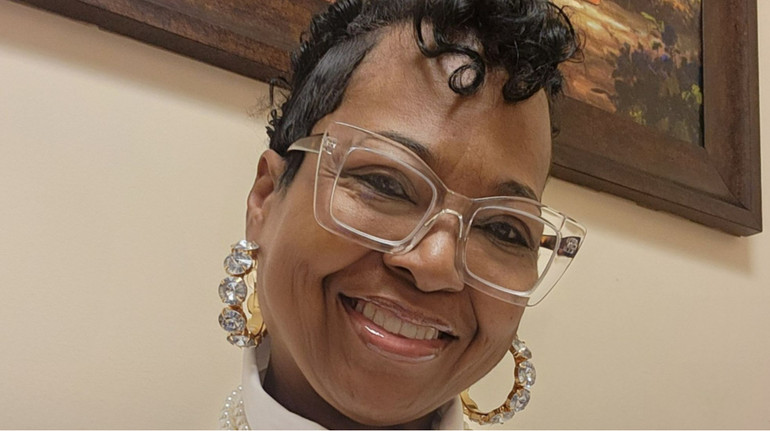
After years of analysis and experiments, scientists managed to expand the possibility of the technique. In 2023, relatives of a patient who had completely lost brain function agreed to try to transplant a modified kidney into him.
After a successful operation, the organ with the first blood group worked without signs of hyperacute rejection for two days.
According to the scientists, on the third day, several markers of the second blood group appeared in the kidney and caused a mild reaction in the patient with the first group. Despite this, the organ suffered much less damage than in the case of a normal mismatch. Scientists recorded signs that the body was learning to accept a new kidney.
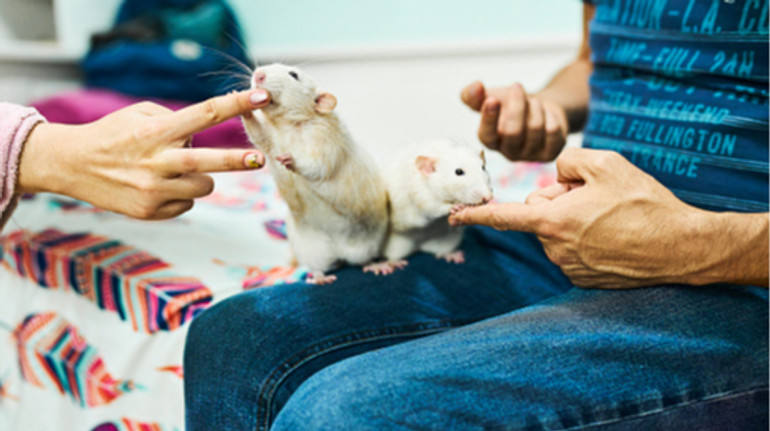
“This is the first time we’ve seen this happen in a human model. It gives us invaluable insight into how to improve long-term outcomes.” – commented Stefan Withers, co-author of the study from the University of British Columbia (Canada).
The scientists are awaiting approval for clinical trials to continue to refine the method and test it on other organs.
“This is how years of basic science finally combine to help patients”Withers added.
Earlier, we told how doctors in Kyiv were under shelling transplanted organs of the dead girl to three other young patients.
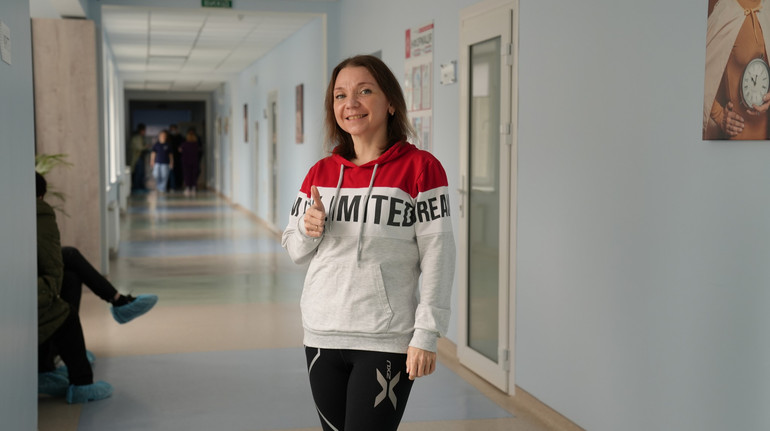
”, — write: www.pravda.com.ua
 A kidney was successfully transplanted to a patient with the first blood group
A kidney was successfully transplanted to a patient with the first blood group
Photo: Nature Biomedical Engineering
Details of the breakthrough study described in a paper published in the journal Nature Biomedical Engineering, writes Popelar Science.
The most risky and sometimes the most difficult part of transplantation is considered to be the possibility of rejection of the organ by the patient. This is often due to an immune system reaction that attacks the transplant as if it were a foreign object.
The risk can be reduced if the donor is carefully selected based on the similarity to the recipient, who must take drugs that suppress the activity of the immune response after the procedure.
However, modern methods are still far from perfect – from 15 to 20% of kidney transplant patients face organ rejection.
Blood antigens (substances on the surface of red blood cells that determine the blood type) have long been one of the biggest problems of donation. At the same time, there may be complications even when a person with the second blood group receives an organ with the same group.
At the same time, the blood of the first group is considered universal. Because of this, transplant centers are sometimes overloaded – many patients are waiting for organs from the first group.
New research may change that. In 2019, scientists discovered a pair of enzymes that dissolve the compounds that determine the blood of the second group. It turned out that if these enzymes were removed, the blood could be functionally assigned to the first group.

After years of analysis and experiments, scientists managed to expand the possibility of the technique. In 2023, relatives of a patient who had completely lost brain function agreed to try to transplant him with a modified kidney.
After a successful operation, the organ with the first blood group worked without signs of hyperacute rejection for two days.
According to scientists, on the third day, several markers of the second blood group appeared in the kidney and caused a mild reaction in a patient with the first group. Despite this, the organ suffered much less damage than in the case of a normal mismatch. Scientists recorded signs that the body was learning to accept a new kidney.

“This is the first time we’ve seen this happen in a human model. It gives us invaluable insight into how to improve long-term outcomes.” – commented Stefan Withers, co-author of the study from the University of British Columbia (Canada).
The scientists are awaiting approval for clinical trials to continue to refine the method and test it on other organs.
“This is how years of basic science finally combine to help patients”Withers added.
Earlier, we told how doctors in Kyiv were under shelling transplanted organs of the dead girl to three other young patients.

